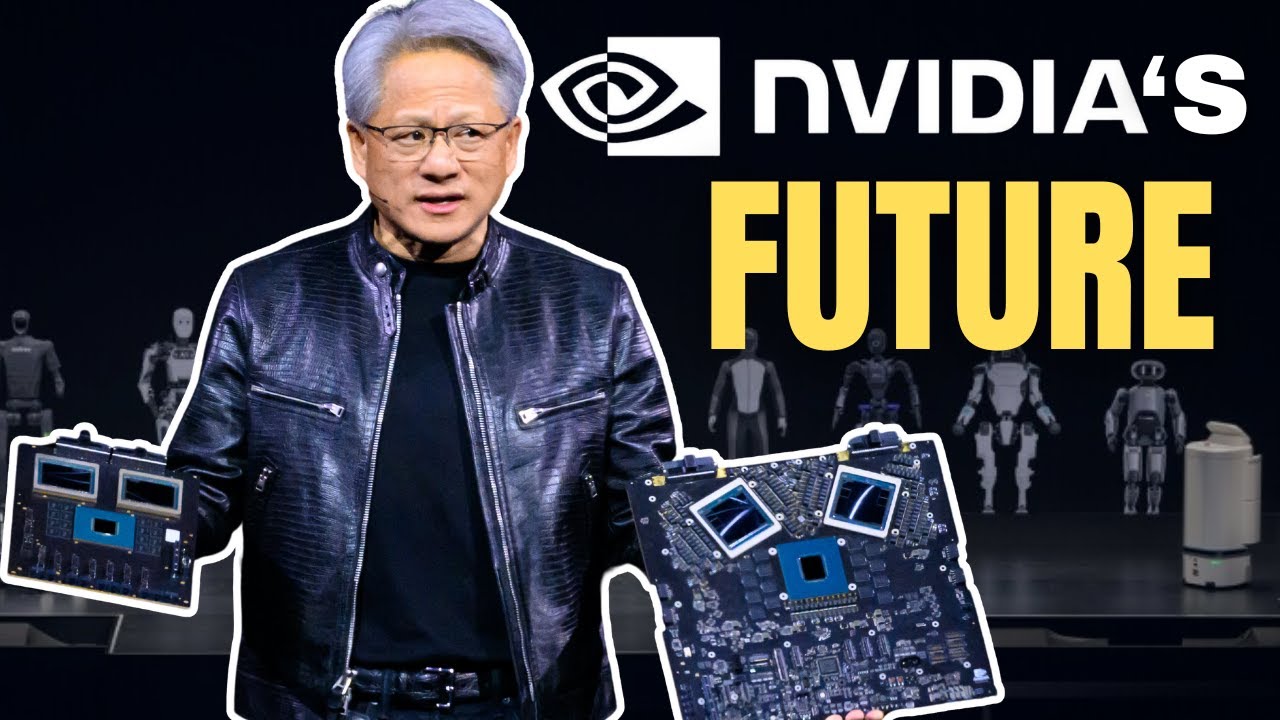NVIDIA CEO Jensen Huang unveiled significant advancements in artificial intelligence, robotics, digital humans, and AI factories during a keynote in Taiwan. The event showcased NVIDIA’s focus on AI libraries, the introduction of “Omniverse” for creating simulations using AI, and the vision for projects like “Earth 2.0” to predict climate change impacts, alongside advancements in generative AI and physical AI applications in robotics.
NVIDIA CEO Jensen Huang recently unveiled the future of artificial intelligence, showcasing mind-blowing advancements in AI, robotics, digital humans, and AI factories during a keynote in Taiwan. He emphasized the significance of NVIDIA’s CUDA framework, which powers their GPUs and is crucial for accelerating complex computations. Huang explained the challenges in accelerating computing, highlighting the need to rewrite software for efficient GPU utilization.
Huang introduced NVIDIA’s “Omniverse,” a virtual world where simulations of digital humans, weather prediction, and automated factory robots are created without pre-generation, entirely using AI. He discussed the importance of AI libraries like CudaDNN for deep learning, AI physics for fluid dynamics, and other specialized libraries for various applications. NVIDIA’s focus on developing AI libraries has enabled them to break into multiple markets, holding numerous world records.
The CEO discussed NVIDIA’s vision for “Earth 2.0,” a simulated digital twin of the Earth used for predicting climate change impacts and averting disasters. The AI-driven Earth 2.0 project aims to provide insights into climate change and improve adaptation strategies. Additionally, Huang touched upon the emergence of generative AI, marking a new era where AI is not just perceptive but also generative, creating tokens for various purposes.
Huang introduced the concept of an “AI Factory,” emphasizing the shift towards delivering AI models instead of traditional software. He showcased NVIDIA’s “NIMs” (NVIDIA Inference Microservices), pre-trained AI models that run on the CUDA platform, enabling efficient AI generation and interaction. The CEO discussed the impact of generative AI in software development, envisioning a future where AI builds software.
The keynote concluded with Huang showcasing advancements in physical AI, particularly in robotics, self-driving cars, and humanoid robots. He highlighted collaborations with leading companies to integrate AI technologies into various robotic applications, emphasizing the transformative potential of robotic factories. The event featured demonstrations of advanced robotics, showcasing the exciting developments in physical AI and the future of human-robot interactions.
